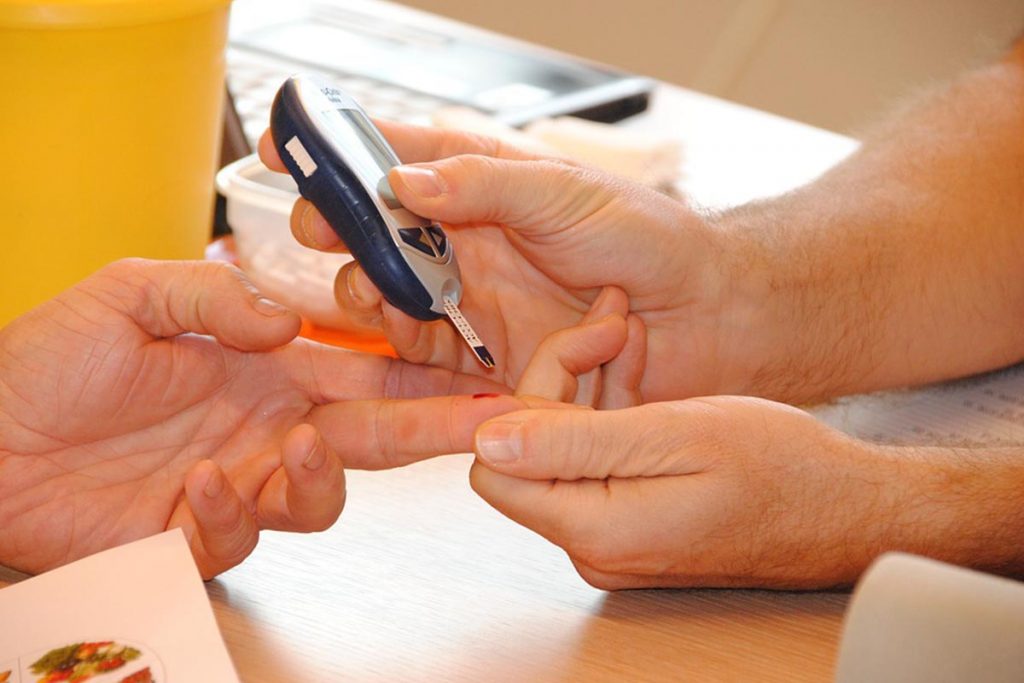The Science behind Wearing Socks to Bed

Sleeping in socks has a lot to do with science and psychology than personal preference. Studies show that donning socks before going to bed can help in balancing body temperature at night. Other advantages mentioned by a host of studies include easing symptoms of menopause and Raynaud’s disease.
Temperature Regulation
Because human beings are endotherms, body temperature regulates itself. During the day, your brain works to maintain your body temperature at 98.6 degrees (37°C). However, this temperature may vary throughout the day with a drop at night. While you sleep, the temperature reaches its lowest point, only to begin rising the moment you wake up in the morning.
The ideal temperature at night is 60F for the facilitation of a natural drop in temperature. Should your body be too cold or too hot, you will most likely wake up. With this in mind, should you sleep in socks? Well, the answer is yes. When your feet are warmed before you fall asleep, vasodilation is facilitated in the lower body extremities. When blood vessel dilation occurs, heat is redistributed in the body leading to temperature regulation. Because of darkness and a lowered core body temperature, melatonin production is increased, instructing the body to sleep.
Science shows that sleeping in socks also reduces the time it takes for you to fall asleep by 15 minutes. The warming effect offered by the socks causes thermoregulation. This prevents the occurrence of night sweats and hot flashes. The traditional Chinese medicine suggests that sleeping in socks boosts qi, an energy flow that helps in blood circulation. In fact, a study done by the University of Groningen shows that wearing socks to bed increases the chances of orgasm from 50 to 80percent.
Comfortable Sleep
According to science, sleeping in socks goes beyond physiology basis. What you wear to bed and how you wear it makes you feel a certain way. Socks add an aspect of warmth and comfort, the key ingredients of a sound sleep. Warmer feet are theorized to cool the blood at night to 35.8 degrees Celsius from the average 37, a process that recreates the temperature patterns in the body. For older people, the onset of sleep can be accelerated with socks.
Menopause Symptoms Reduced
Some menopausal women have reported reduced effects of menopausal symptoms. It may seem a counterintuitive theory that trying to get your feet warm when you sleep can reduce the intensity of the symptoms. But; understand that warm feet promote the circulation of blood thereby regulating body temperature. The core body temperature drops as you sleep by a few degrees, and during menopause, the effects can be worse.
As the temperatures drop, the hormones of someone going through menopause are already off-balance and are likely to overreact, telling the body to heat up. When your feet are covered, this temperature is controlled stopping your body from working too hard to maintain a balance. The symptoms of hot flashes include:
- Palpitations
- Sudden intense warmth
- Flushing of the face
- Sweating
Because by wearing socks at night your body is able to regulate temperatures, hot flushes may be prevented. High temperatures tend to counteract hormonal changes likely to give rise to flushes.
Control of Raynaud’s Symptoms
If you frequently have cold feet and hands, it could be a sign of Raynaud’s disease. This is a condition known to affect the blood vessels in your skin. When stressed or cold, the symptoms are more likely to show. This is because, during the attack, blood flow to the feet and hands is reduced. Following this, your feet and hands may change color to blue or white and feel numb. With this disease, wearing socks before going to sleep can reduce the symptoms.
The Drawbacks of Wearing Socks to Bed
The drawback associated with wearing socks at night is grabbing the wrong type. First, avoid thick socks which could prevent airflow. Natural sock fibers such as cashmere or merino wool are the best. Ensure they are not tight. Sleeping in tight socks can constrict blood flows. Heated socks should also be avoided because these can quickly lead to overheating.
Note: sleeping in socks does not mean jumping under your bedding with the pair you have had on all day. Understand that socks worn all day are sweaty even if you don’t feel it and can introduce bacteria to your feet. Always wear a clean pair of socks to bed. Before slipping a pair of socks on your feet, dry them first to prevent the buildup of bacteria which could eventually lead to fungal infections.
Should you Wear Compression Socks at Night?
As much as compression socks are great at improving circulation, they should not be worn at night. They can be worn all day but remove them before bedtime. Because they are designed to move blood flow from your feet, sleeping in them can lead to blocked blood flow.
Alternatives to Sleeping in Socks
If you are averse to sleeping in socks and find them uncomfortable in bed, there are other tricks you can try such as:
- Wearing warm slippers before getting to bed
- Soaking your feet in a warm foot bath
- Placing a hot water bottle next to your feet
- Covering your feet with a warm blanket
- Showering 1 hour or 2 before sleeping
If you choose to use heated socks, ensure they are not overheated. Should they have too much heat, they could burn your skin. Wearing socks to bed does not have to be uncomfortable, especially if you choose a pair that is not too tight.
Every adult should typically sleep for about 7-9 hours each night. Poor sleeping habits can impact mood, concentration, and memory negatively. It could also increase the risk of depression, obesity, and heart disease. Cold feet could be the reason you cannot sleep well. This is because they constrict the blood vessels causing less circulation. The National Sleep Foundation recommends that you warm your feet before getting to bed to enable your brain to get the signal that “it is bedtime.”
Popular Articles:

Yes, You Should Watch Out for and Prevent Prediabetes!

Should You Get Screened for Diabetes?

Steer Clear From Diabetes in 13 Ways


Why Carbohydrate Counting Can Be Good For Diabetics


